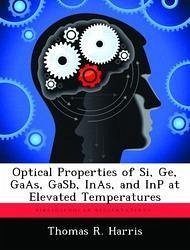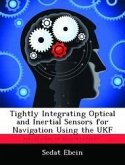Investigation of the optical and electrical behavior of some semiconductors at very high temperatures has not been an area of much study, at least not experimentally. The importance of such research becomes obvious due to the effects of high temperatures on semiconductor devices such as infrared detectors and light emitters. Besides the destructive effects of thermal stress and melting, changes in the optical properties of the material can greatly affect device performance. In this research, the infrared absorption of Si, Ge, GaAs, GaSb, InAs, and InP was measured from 0.6 to 25 1/4m at temperatures ranging from 295 up to 900 K, using a Fourier Transform InfraRed (FTIR) spectrometer in combination with a custom-designed heater assembly. The band gap shift was estimated from the experimental results and compared to existing data. There was good agreement between the two results. For GaSb and InAs, data was taken at higher temperatures than what was found in the literature. That data provides an extension of existing theory to a higher temperature range. Free-carrier absorption was also observed and was compared to existing data. Temperature dependent expressions were developed for the band gap energy and free-carrier absorption in Si, Ge, GaAs, GaSb, InAs, and InP.
Hinweis: Dieser Artikel kann nur an eine deutsche Lieferadresse ausgeliefert werden.
Hinweis: Dieser Artikel kann nur an eine deutsche Lieferadresse ausgeliefert werden.








